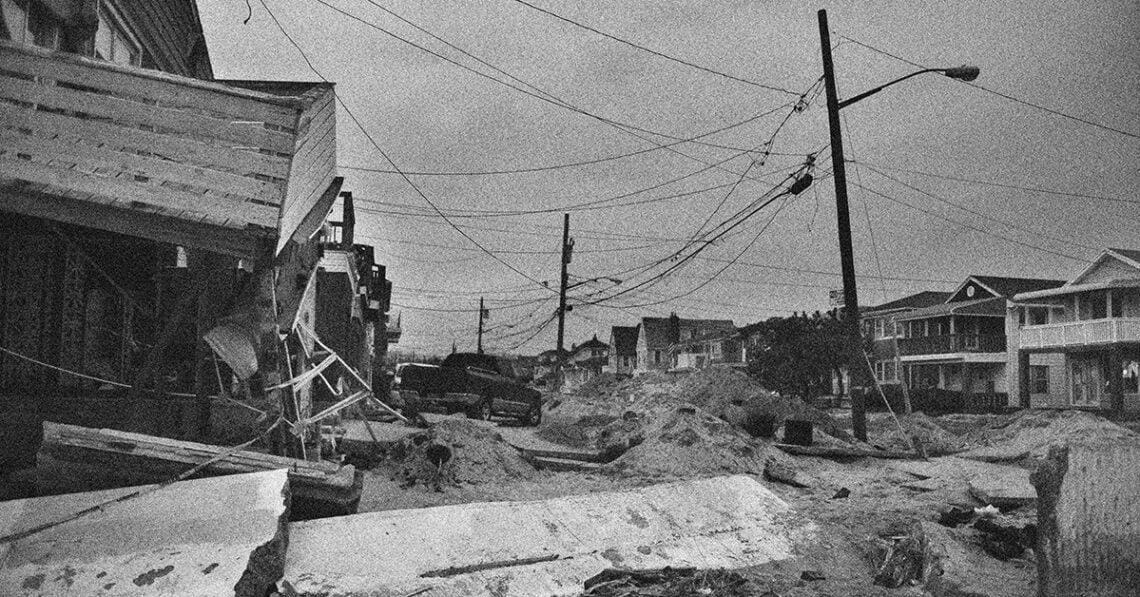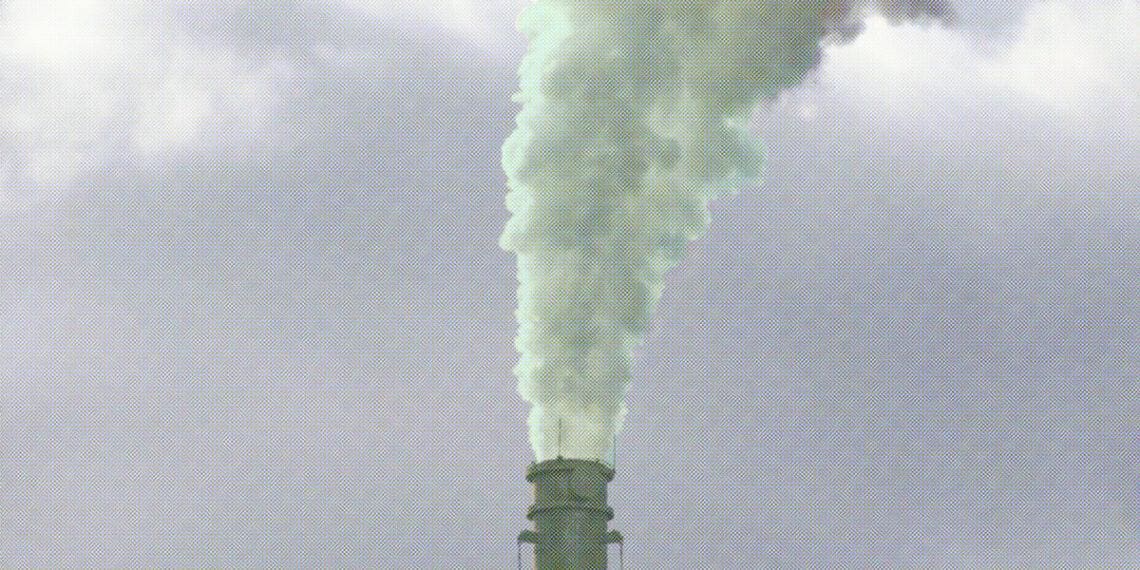The latest IPCC summary shows that we are falling short of curbing global warming to 1.5°C or even 2°C and that damages will accelerate as temperatures rise further. One estimate suggests that if temperatures rise to 4°C above pre-industrial levels over the next 80 years, global economic losses could mount to $23 trillion per year, causing permanent damage that would surpass the 2007-08 financial crisis. While much of the world is focused on decarbonization — as it should be — there is a significant looming and highly overlooked danger organizations face today, says Rich Sorkin of Jupiter Intelligence. And, he says, it’s one that can have significant effects on our global economy: physical climate risk.
There are two types of physical climate risk — acute, including unprecedented flooding or a rare and massive wildfire — and chronic, which is longer-term, such as sea level rise and changing precipitation. These acute and chronic physical climate risks manifest into extreme weather events like prolonged droughts and extreme heat waves, such as the one we experienced this summer, to more frequent and severe storms that cause widespread, devastating flooding.
As these events increase, companies across every sector are experiencing damages to their physical assets, resulting in disruptions to business operations and threats to the supply chain, asset values, stock prices and ultimately, our economic stability.
Physical climate risk disclosures and reporting
The question everyone is asking is should these physical climate risks be disclosed and should the disclosures be mandated? There are differing views across investors, politicians and corporations, but regulatory bodies worldwide have taken strides to incorporate climate risk disclosures into the reporting frameworks of organizations.
These reporting frameworks urge companies to take a closer look at their operations and supply chains to assess material vulnerabilities, not just for themselves but their entire ecosystem. The disclosure mandates are not only designed to ensure transparency on how climate change will affect their operations and profits, they are ultimately designed to help organizations find ways to adapt, build resiliency and protect property and people.
Report Finds Greenwashing Risk Is Surging
1 in 3 public companies tied to greenwashing also connected to social washing
Read moreDetailsGetting started with physical climate risk reporting
The first step toward physical climate risk disclosures is knowing where the company’s assets are located across the globe. This includes collecting data on the asset type, its value and its importance in maintaining business continuity. Second is gaining an understanding of the condition of the asset: is it aging or in a solid state? Third is turning to climate risk analytics to consider what acute or chronic climate hazards will impact business-critical assets and what the threshold is for maintaining business operations. Fourth is creating a timescale of the short-, medium- and long-term lifespan of the assets that will drive an action plan of what to do with those that are critical. Last but not least is looking at the year 2050, which most investors and regulators are using in common reporting frameworks. Using a 2°C rise in temperatures based on global warming and the IPCC’s guidance will give a clear picture of what the climate will look like in 2050 and what the true physical climate risks will be to a company’s physical assets, business operations and ultimately, the material impact to revenues.
The cost of inaction
Many critics argue that climate risk disclosures place an additional burden on companies already dealing with complex regulatory requirements, but the financial crisis of 2007-08 is a stark reminder of the repercussions that weak corporate governance and risk management practices can have on asset values and our economic stability.
The result of that collapse has increased demand for transparency and regulatory disclosures from organizations to drive accurate values or prices on assets and to avoid a misallocation of capital. Climate risk disclosures encourage companies to adopt a forward-looking perspective and offer insights that can lead to adaptation and resiliency plans like building adaptive infrastructure, diversifying supply chains or investing in alternative energy sources. This places companies in a position of strength rather than weakness.
For instance, a beverage manufacturer reliant on water-intensive processes would be adversely affected by water scarcity in the regions it operates. Similarly, infrastructure companies operating in coastal areas would be at risk due to rising sea levels and increased storm surges. Energy companies are increasingly facing billions in wildfire liability due to downed power lines stemming from severe wind, and insurance companies are pulling out of high-risk areas, leaving consumers without coverage.
Pharmaceutical companies are identifying which of their plants are in high risk areas for flooding and heat and taking action to either relocate to more climate-friendly locations or safeguard their facilities. Power companies are looking at future risk of extreme winds and flooding due to climate change so they can relocate or modernize their aging infrastructure. Commercial real estate businesses are taking note of buildings in regions that will require higher cooling costs and factoring that into their strategies.
Climate change will impact every sector of the economy, and the costs will be more than we could have imagined. These scenarios are just the tip of the iceberg.
Therefore, we cannot overstate the importance of companies disclosing the material impacts of physical climate risks. So far, more than 4,000 global businesses and governments representing one-third of the global economy’s market capitalization — have voluntarily committed to setting science-based targets and have publicly committed to reporting in alignment with the Task Force on Climate Related Disclosures.
This critical step is fostering transparency, accountability and sustainability, and by embracing disclosures and leveraging tools and technology to do the work for them, companies can position themselves as leaders in climate resilience, drive innovation and contribute to a more sustainable and secure future for all.




 Rich Sorkin is chairman, CEO and co-founder of Jupiter Intelligence, a physical climate analytics provider. Sorkin is the founder of multiple startups and the former chairman and CEO of Zip2, an Internet 1.0 company best known for analytics and visualization of geospatial data, and acquired by HP. He led Kaggle prior to its acquisition by Google, directing the introduction of big data predictive analytics into the enterprise market and serving as the company’s premier industry strategist.
Rich Sorkin is chairman, CEO and co-founder of Jupiter Intelligence, a physical climate analytics provider. Sorkin is the founder of multiple startups and the former chairman and CEO of Zip2, an Internet 1.0 company best known for analytics and visualization of geospatial data, and acquired by HP. He led Kaggle prior to its acquisition by Google, directing the introduction of big data predictive analytics into the enterprise market and serving as the company’s premier industry strategist. 








